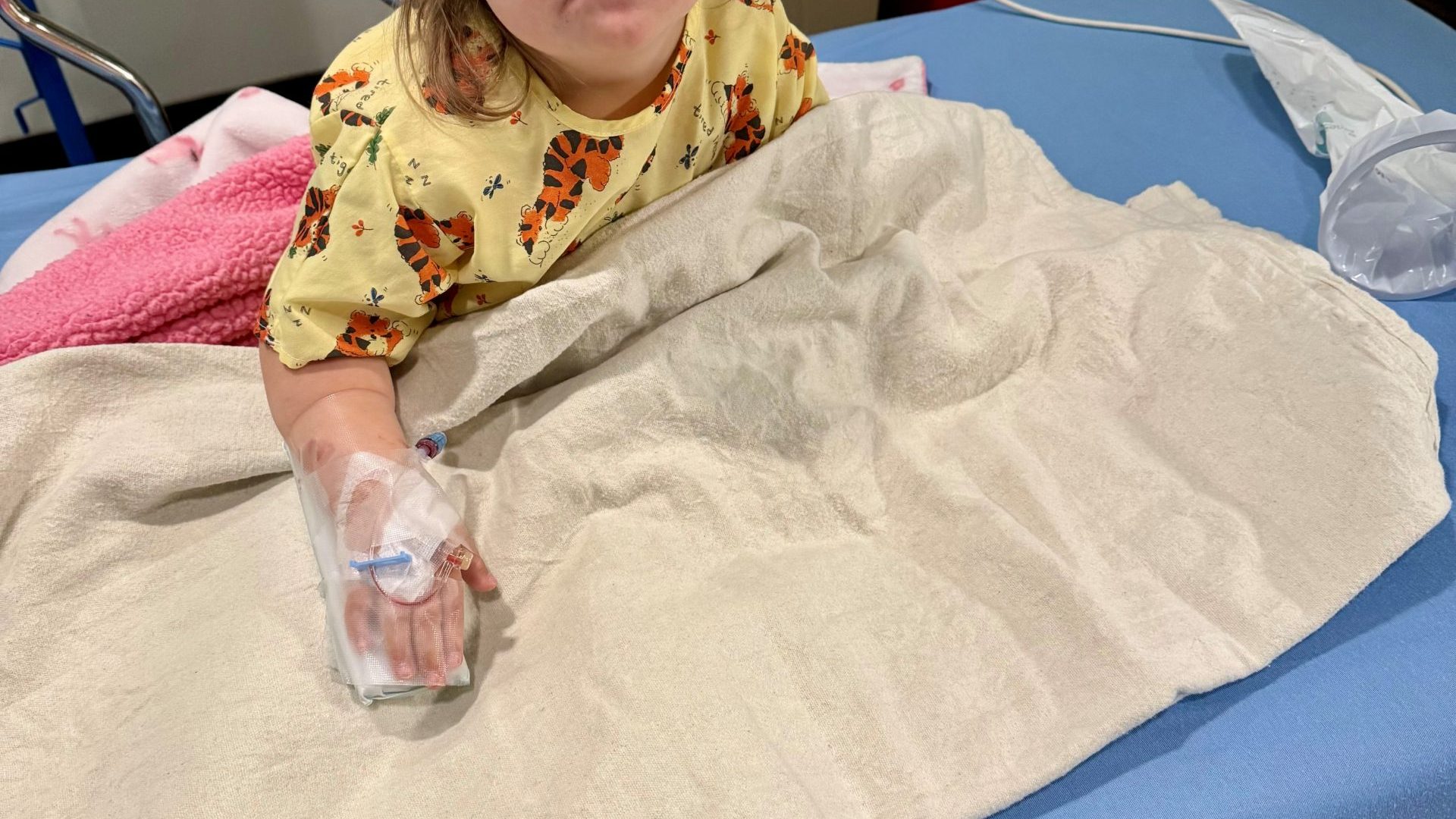The stomach flu swept through our household this past week, starting with Kay. On Wednesday night, she began getting sick, and when it didn’t let up, I called the on-call endocrinologist. Thankfully, her doctor responded quickly, prescribing anti-nausea medication in hopes it would help.
We picked up the medication right away, but it didn’t bring the relief we had hoped for. Kay continued to get sick, and each episode caused her blood sugar to drop dangerously low. Every time we tried to bring it back up, it became harder because Kay couldn’t keep anything down. That night, I stayed in bed with her, and we both managed only a few hours of broken sleep.
By morning, I thought the worst might be over, but she got sick again. I gave her another dose of anti-nausea meds, hoping it would help this time. The stomach flu is especially dangerous for someone with Type 1 Diabetes, as it can quickly lead to diabetic ketoacidosis (DKA), a life-threatening condition. Prolonged vomiting and dehydration prevent the body from using its natural glucose effectively, forcing it to burn fat for energy, which produces ketones.
I decided to check Kay’s ketones, and the results were alarming—moderate to severe. A few more points, and she could be in serious danger. At around 6:30 a.m. on Thursday, I called her endocrinologist again, who advised us to go to the hospital immediately.
After spending most of the day in the ER, the decision was made to admit Kay for close monitoring. We stayed in the hospital for two nights. To make matters more complicated, I started feeling sick after the first night. Thankfully, my dad arrived at the hospital at 5 a.m. to help with Kay so I could get some much-needed rest. Kay was discharged Saturday morning.
I’ve heard from the Type 1 community how dangerous the stomach flu can be, but I never fully grasped just how scary it is until now.



